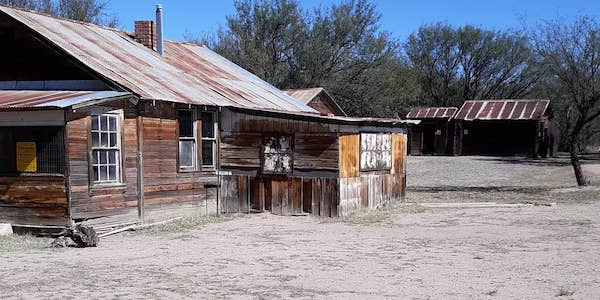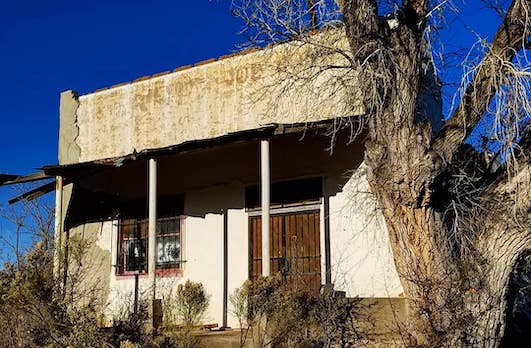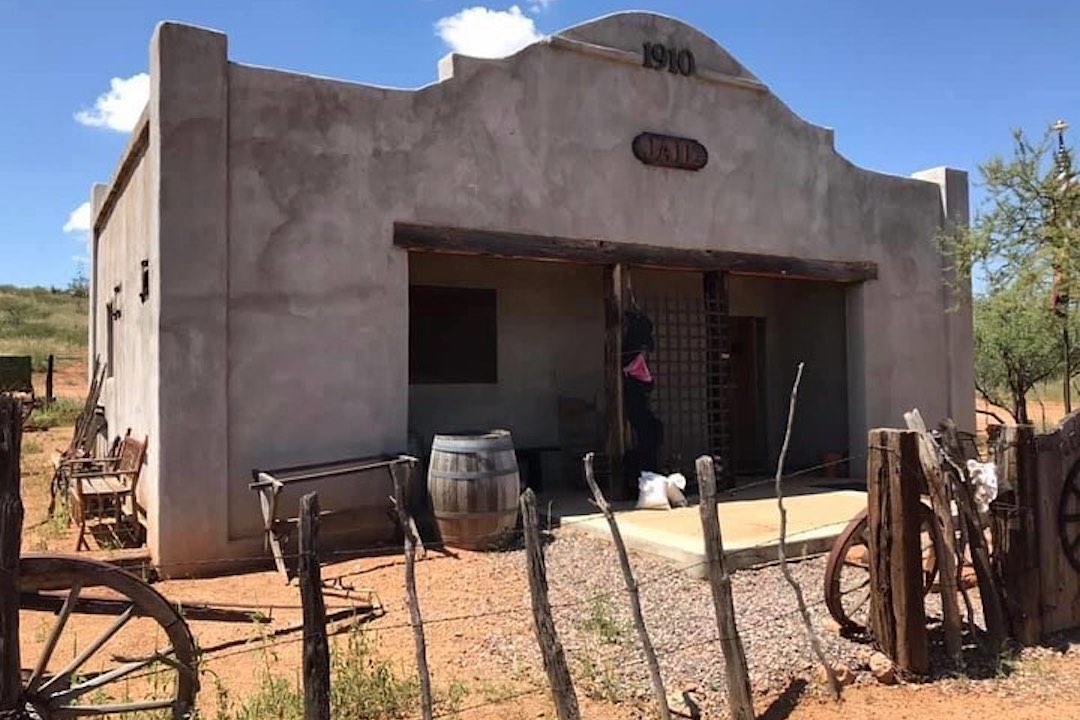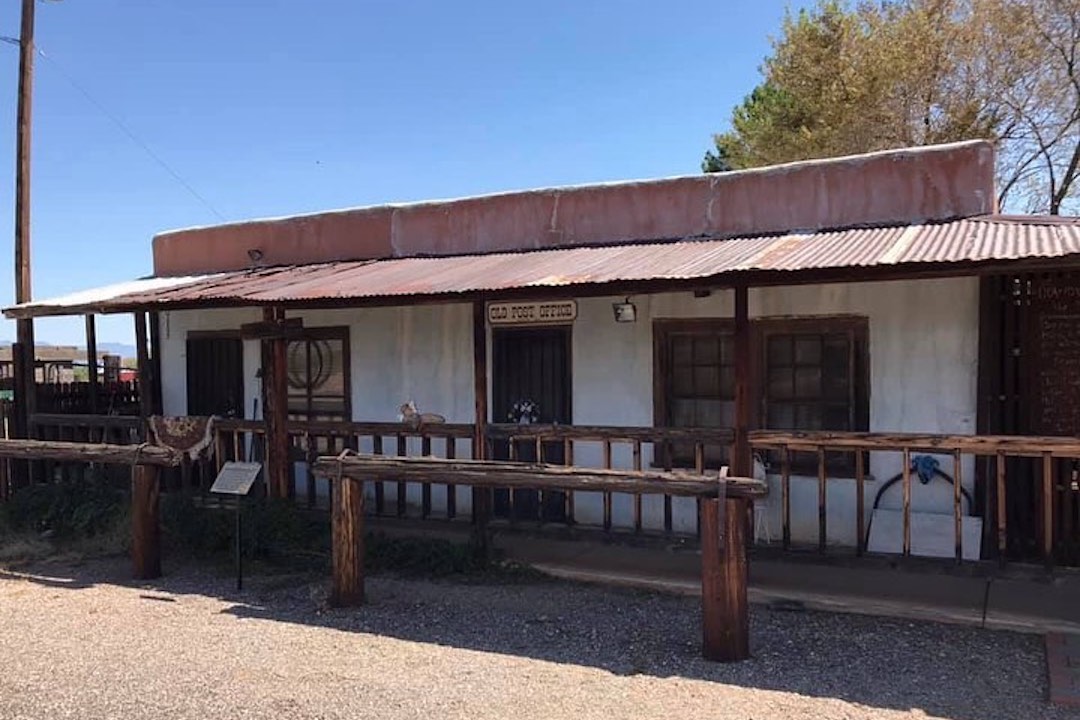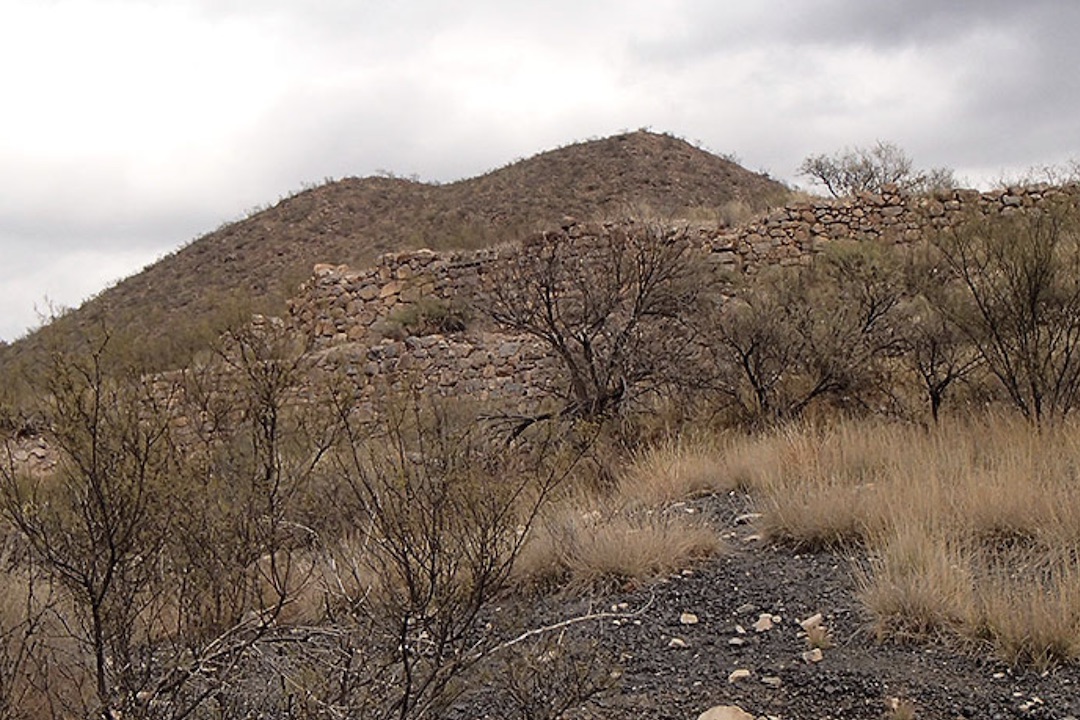
Photo Credit: Amanda Baillie
Cochise County has a ghostly past!
What would the West be without a ghost town or two? Perhaps nothing evokes the history of the Old West more than a ghost town. It speaks so clearly of people’s hopes and their sense of adventure. Brought to life in film, history lives on in the remains of the Old West’s ghost towns.
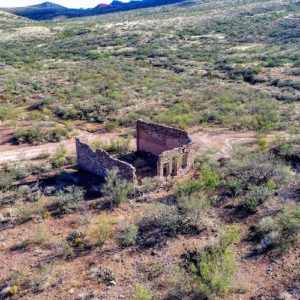 The Cochise County “Ghost Town Trail” takes you back in time as you visit the towns of Fairbank, Gleeson, Pearce, and Millville. Try to imagine what these once-thriving towns might have looked like in their heyday!
The Cochise County “Ghost Town Trail” takes you back in time as you visit the towns of Fairbank, Gleeson, Pearce, and Millville. Try to imagine what these once-thriving towns might have looked like in their heyday!
Prepare yourself for an exciting venture back in time as you discover Cochise County’s ghost towns. Make your plans to visit one or all on your next ghost town excursion.
FAIRBANK HISTORIC TOWNSITE
In the San Pedro Riparian National Conservation Area, you can find the remains of Fairbank, a historic townsite. It began as a stagecoach stop and later became a railroad transportation hub, as it was the closest railroad stop to Tombstone. In 2007, the Fairbank schoolhouse reopened as a museum, information center, and gift shop. Remains of many other buildings are on the site, along with a graveyard and the sound of distant train whistles.
Fairbank was originally built in 1881 as a railroad stop near Tombstone. You can now enjoy a self-guided tour that reveals one of the area’s most complete ghost towns with buildings, including the post office, a general store, small homes, a schoolhouse, and of course, the ever-present saloon, as well as the foundation of a warehouse and the Montezuma Hotel. The Fairbank one-room schoolhouse has been restored and serves as a museum and gift shop, staffed by volunteers on weekends. Still in use until 1944, former students and teachers helped with the building’s historical accuracy and restoration. The Fairbank Cemetery is just a short hike from the townsite. Allow 1–2 hours.
Photo Credit: Amanda Baillie
RESOURCES
Looking for more information on ghost towns? Check out the resources below.
| 1 | Looking for a full itinerary of the Cochise County ghost towns? Check out the trip #ThisIsTucson took recently to explore the hidden towns along Cochise County’s ghost trail. | Visit |
| 2 | Do you like history? Want to learn all about Cochise County’s ghost towns? Visit Ghost Town Trails for a wealth of information about the many ghost towns throughout the county. | Visit |

